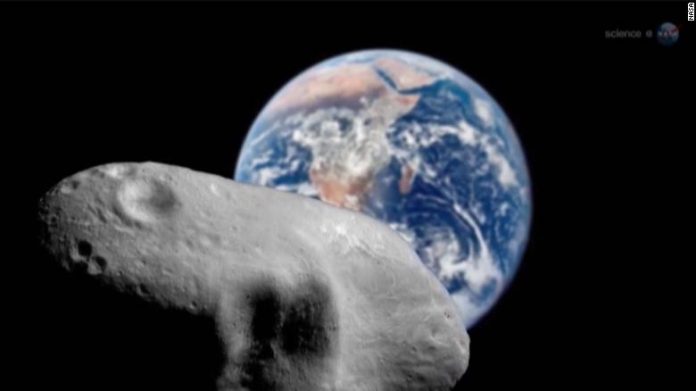A huge asteroid may have hit the Earth 12,800 years ago causing global climate change and extinction, according to new evidence found in South Africa.
Scientists analysed ancient soil at a site called Wonderkrater and found high levels of platinum – which they say supports the The Younger Dryas Impact Hypothesis that a disintegrating meteor hit Earth and caused a mini ice age.
That hunk of metal lines up with platinum deposits found at 28 other spots across the globe, suggesting a great deal of platinum-rich dust was coughed up into the air around 12,800 years ago.
Platinum is a rare metal on Earth, but is found in large quantities in meteorites. The number of platinum-rich deposits suggests a huge meteorite impact with Earth around that time.
According to the new study, the collision may have caused the Younger Dryas, a well-documented period in which Earth’s temperatures plummeted from around 12,800 BC to 11,700 BC.
At about this time a number of animals became extinct. These included mammoths in Europe, large bison in North America, and giant sloths in South America.
The cause of this cooling event has been debated a great deal, but the new study controversially claims to have solved the mystery.
“Our finding at least partially supports the highly controversial Younger Dryas Impact hypothesis,” scientist Professor Francis Thackera said.
“We seriously need to explore the view that an asteroid impact somewhere on earth may have caused climate change on a global scale.
“It could have contributed to some extent to the process of extinctions of large animals at the end of the Pleistocene, after the last ice age.”
After the alleged impact, there was “a dramatic termination of the stone tool technology of Clovis people” in North America.















